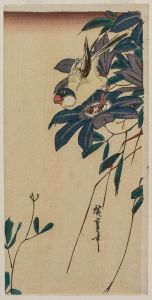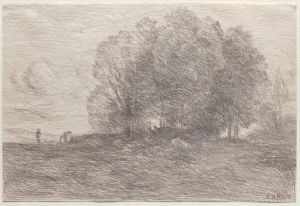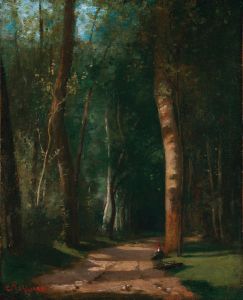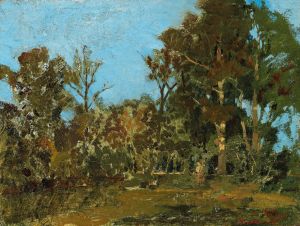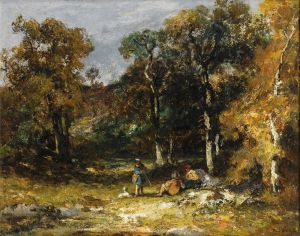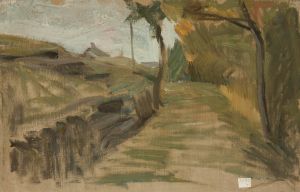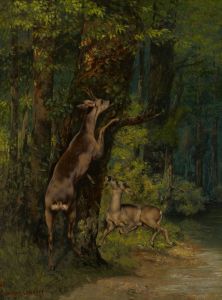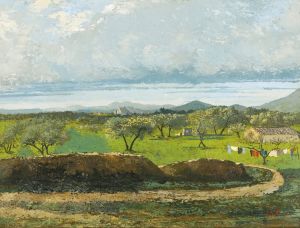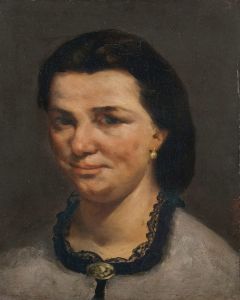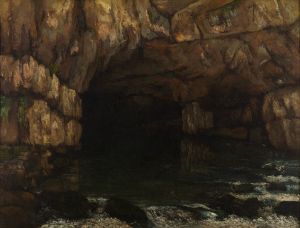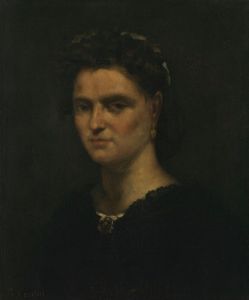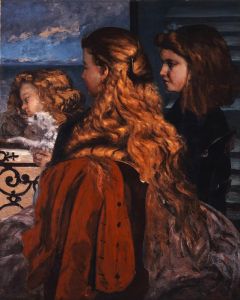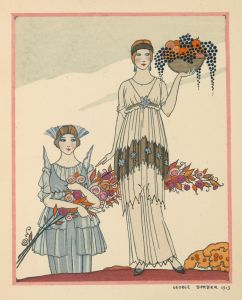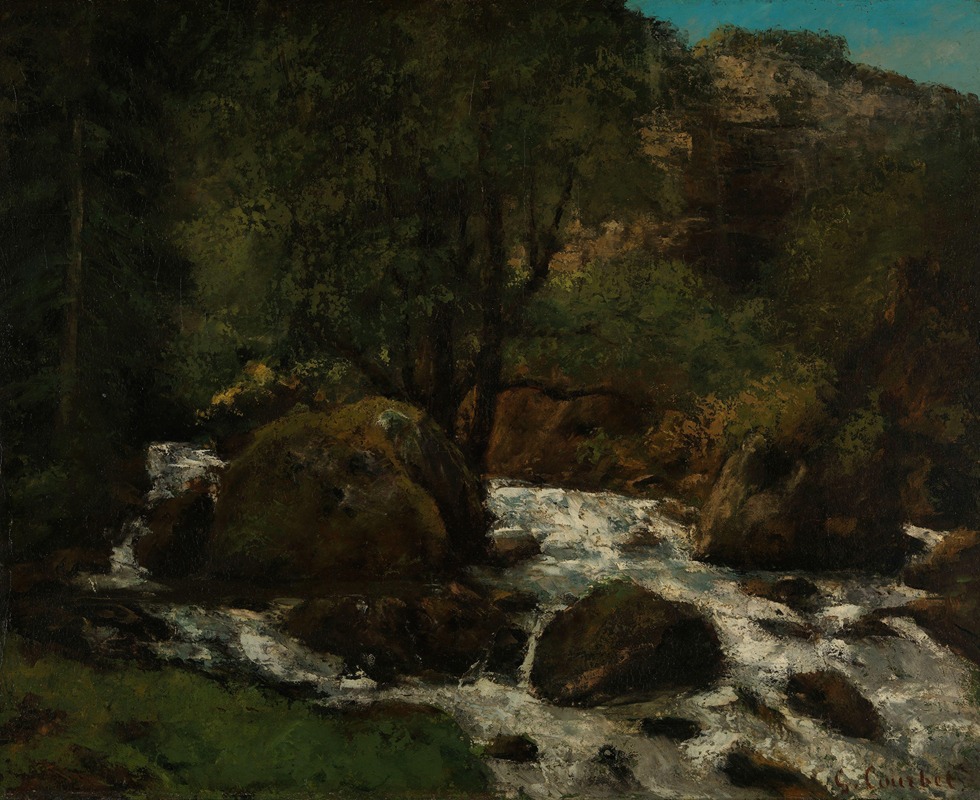
Forest Brook, Jura
A hand-painted replica of Gustave Courbet’s masterpiece Forest Brook, Jura, meticulously crafted by professional artists to capture the true essence of the original. Each piece is created with museum-quality canvas and rare mineral pigments, carefully painted by experienced artists with delicate brushstrokes and rich, layered colors to perfectly recreate the texture of the original artwork. Unlike machine-printed reproductions, this hand-painted version brings the painting to life, infused with the artist’s emotions and skill in every stroke. Whether for personal collection or home decoration, it instantly elevates the artistic atmosphere of any space.
"Forest Brook, Jura" is a painting by the renowned French artist Gustave Courbet, who was a leading figure in the Realist movement of the 19th century. Courbet is celebrated for his commitment to depicting everyday life and nature with unembellished accuracy, challenging the conventions of Romanticism and academic art of his time. This particular work exemplifies his dedication to realism and his profound connection to the landscapes of his native region.
Gustave Courbet was born in 1819 in Ornans, a small town in the Jura region of France. The Jura, with its rugged terrain and dense forests, provided a rich source of inspiration for Courbet throughout his career. The natural beauty and the untamed wilderness of this area are vividly captured in "Forest Brook, Jura," reflecting Courbet's deep appreciation for the landscape of his homeland.
"Forest Brook, Jura" is characterized by its meticulous attention to detail and its realistic portrayal of the natural environment. Courbet's technique involves a careful observation of light and shadow, texture, and the interplay of colors found in nature. The painting depicts a serene brook winding through a dense forest, with sunlight filtering through the canopy of trees, casting dappled patterns on the water and forest floor. This scene captures the tranquility and untouched beauty of the Jura landscape, inviting viewers to immerse themselves in the peacefulness of nature.
Courbet's approach to painting was revolutionary for his time. He rejected the idealized and often dramatic depictions of nature favored by the Romantic artists who preceded him. Instead, he focused on the authenticity of the scene, portraying it as it appeared to the naked eye. This commitment to realism is evident in "Forest Brook, Jura," where every element of the composition is rendered with precision and fidelity to the natural world.
The painting also reflects Courbet's broader artistic philosophy, which emphasized the importance of direct experience and observation. He believed that artists should paint what they see and know, rather than relying on imagination or historical subjects. This philosophy is encapsulated in his famous statement, "I cannot paint an angel because I have never seen one." "Forest Brook, Jura" is a testament to this belief, as it captures a real and tangible aspect of the world Courbet inhabited.
Throughout his career, Courbet faced both acclaim and controversy for his unorthodox methods and subject matter. His works often sparked debate and challenged the status quo of the art world. Despite this, he remained steadfast in his commitment to realism and his desire to depict the world truthfully. "Forest Brook, Jura" stands as an enduring example of his artistic vision and his ability to convey the beauty and complexity of the natural world.
Today, Gustave Courbet is recognized as a pivotal figure in the history of art, whose influence extends beyond the Realist movement. His works, including "Forest Brook, Jura," continue to be celebrated for their technical mastery and their profound connection to the natural world. This painting, like many of Courbet's landscapes, invites viewers to appreciate the simple yet profound beauty of nature, as seen through the eyes of one of the 19th century's most innovative artists.





